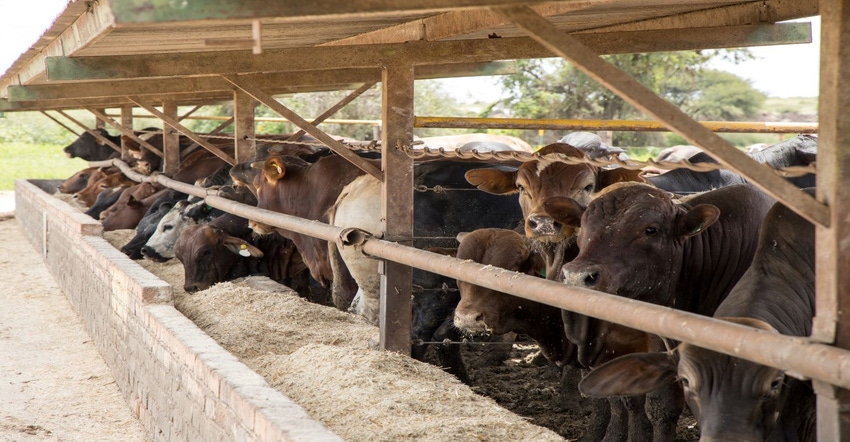June 15, 2022

Among the factors affecting feeder cattle price, perhaps the most important, in my opinion, is feeder cattle lot size. Cattle producers receive premiums at auction for selling large lots of cattle of a similar type and quality – ideally, a pot-load. For producers selling 500-pound calves, this would equate to approximately 80 head. Premiums for lot size will vary. In Kentucky, 80 head lot sizes receive an average premium of $20-$23 per cwt (Halich and Burdine, 2015).
Lot size is one of the biggest marketing challenges for cattle producers. Many producers do not have large enough cow herds to sell 80 calves. For example, 80 percent of cattle operations in Arkansas have fewer than 50 beef cows. The discounts for small lot sizes will tend to outweigh the premiums that producers will receive for other cattle characteristics like preconditioning.
One of the biggest comments I get from producers in the fall is that they do not see premiums for preconditioned cattle. However, in 2019 and 2020, preconditioned cattle brought a $7-$10 per cwt premium at auction in Arkansas. If we consider the post-weaning VOG, the premium for preconditioning becomes larger. The problem isn’t that producers aren’t receiving premiums for value-added cattle; they have high-quality cattle, there just isn’t enough of them to put together a load. So, the relevant question is, how do we manage lot size premiums (or discounts, depending on your perspective).
One management factor to consider that could potentially improve lot size is an operation’s calving season. According to USDA-APHIS, 54 percent of beef cattle operations have one or more calving seasons lasting more than three months. By optimizing the calving season, producers can improve the likelihood of selling a larger number of uniform calves. Of course, there are other benefits and costs associated with managing the number and duration of calving seasons.
Another alternative is to commingle cattle with a friend or neighbor. By doing so, there is collectively a larger number of calves to sell. Those cattle should be of similar type and quality. In my experience, this practice works great in theory but might require a third party to execute correctly.
If directly increasing lot size is not feasible, a third alternative is to market your cattle when and where there is an ample supply of calves that are similar to your cattle. Preconditioned calf sales are a good example. Many markets have their own preconditioning cattle programs and list sale dates. In Arkansas, the Natural State Preconditioned Calf program posts sale dates on the website.
Finally, producers might consider direct marketing beef to consumers. This strategy, which requires a complete overhaul of a producer’s business model, is less dependent on feeder cattle lot size. However, a continuous supply of beef might be expected depending on whether a producer is selling to consumers, farmers markets, grocery stores, or restaurants. A considerable amount of work is required to transition to direct marketing.
Source: University of Arkansas, which is solely responsible for the information provided and is wholly owned by the source. Informa Business Media and all its subsidiaries are not responsible for any of the content contained in this information asset.
You May Also Like




